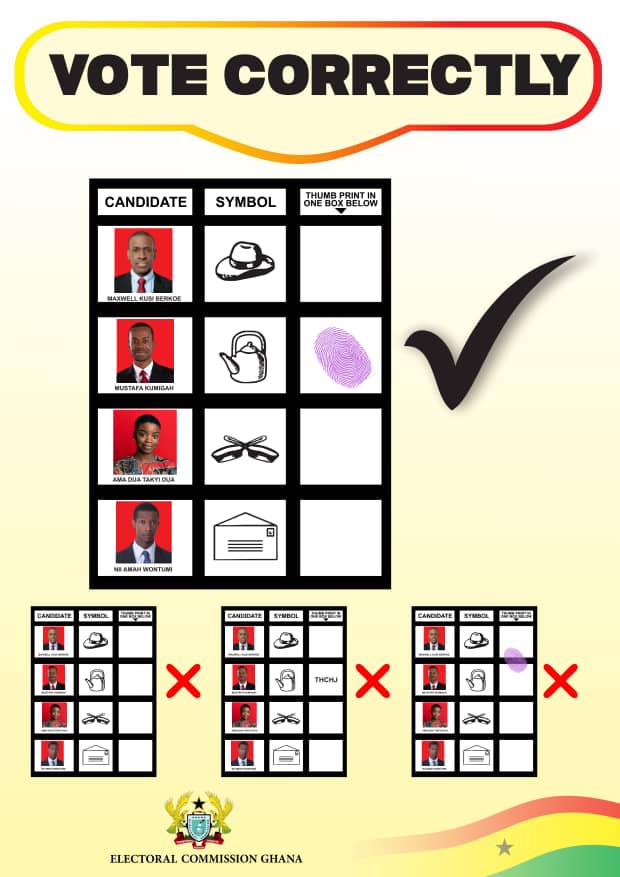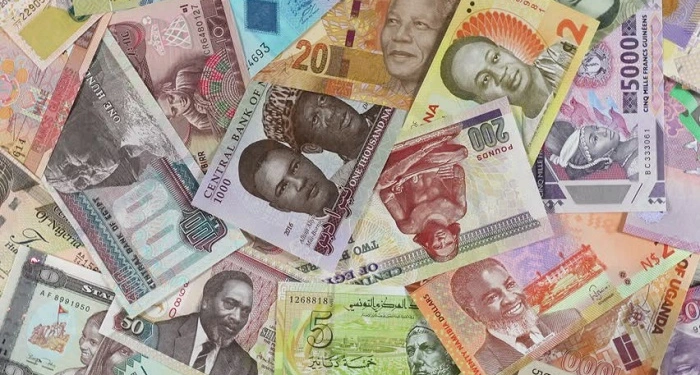FX Shortages, Economy Woes Keep African Currencies Pressured
Out of the 10 worst-performing currencies globally, five are from Africa, including the Zambian kwacha, the Angolan kwanza and the Nigerian naira, according to data compiled by Bloomberg.

While emerging-market currencies have broadly benefited from a softer US dollar this quarter, African currencies have bucked the trend, weighed down by local economic challenges.
Out of the 10 worst-performing currencies globally, five are from Africa, including the Zambian kwacha, the Angolan kwanza and the Nigerian naira, according to data compiled by Bloomberg.
- Advertisement -
A lack of dollar liquidity, inflationary pressures as well as volatile commodity prices are among the reasons for the weak performance. Many African economies, such as Nigeria and Angola, are reliant on oil exports, leaving them exposed when prices drop. But “it’s not just oil prices,” said Keonethebe Bosigo, portfolio manager at Mazi Asset Management. “Poor currency management and imbalances are the real culprits,” Bosigo said.
- Advertisement -
Nigeria
The naira continues to face significant pressure despite reforms aimed at liberalizing the current account. The naira remains undervalued relative to its long-term neutral value due to ongoing issues around liquidity and dollar supply, according to Irmgard Erasmus, an economist at Oxford Economics.
“Although Nigeria has made inroads toward current account liberalization since the Tinubu victory in 2023, hard-currency supply challenges persist while tightening regulations on the banking sector and BDC operators contribute to risk aversion,“ Erasmus said.
Declining Brent crude prices have only exacerbated the problem. While improved dollar liquidity could help the naira recover over time, Erasmus points out that the government’s slow pace of reforms, combined with haphazard monetary policies continues to keep the currency in undervalued territory.
Bosigo agrees. “Oil prices are a factor, but the real issue is that the naira wasn’t allowed to adjust, which led to its overvaluation and a subsequent loss of confidence in the currency.”
As of now, Erasmus estimates the naira should be trading closer to 1,100 per dollar in the absence of distortions, compared to Thursday’s close of 1,544 per dollar. But, without significant policy changes and improved dollar liquidity, the outlook for the naira remains fragile.
Angola
The Angolan kwanza has depreciated almost 12% this year, to about 950 per dollar as the country faces structural challenges. That’s the lowest level in 25 years. “The kwanza’s decline is linked to oil prices, but liquidity challenges are the bigger issue,” Erasmus said. Angola’s reliance on oil for over 60% of its budget means that falling crude prices hurt the country’s hard-currency reserves. The central bank has scaled back its interventions, further weakening the currency.
- Advertisement -
“Despite Angola’s efforts to diversify, the debt burden and structural issues keep the currency under pressure,” Bosigo said. Angola is expected to prioritize debt repayments over increasing FX supply, meaning the kwanza will likely remain weak through the end of the year, he said.
The nation’s central bank on Thursday ruled out intervening in the market to stabilize the currency.
“We’re ready to carry out all the measures that are necessary,” Governor Manuel Tiago Dias said at a press conference in Luanda, the capital. “For now, our understanding is that it’s premature to intervene,” he said at the briefing where he announced that the Banco Nacional de Angola will leave borrowing costs unchanged at 19.5%.
Zambia
The Zambian kwacha has touched its weakest level since June, trading as low as 26.4698 per dollar Wednesday amid concerns over fiscal sustainability. Ongoing droughts are increasing the country’s external financing needs, with food and power imports depleting reserves. “The government’s revised interbank FX rules have had some success in stabilizing the kwacha, but investment confidence remains weak due to new regulatory changes in the mining sector,” Erasmus said.
Zambia, which has a $1.7 billion economic program with the IMF and is considering to ask for more help, faces a tricky balance between fiscal reforms and social spending. With copper prices showing little sign of recovery and political uncertainty rising, the outlook for the kwacha remains clouded.
External Factors
The direction of the dollar alongside US interest rates “will certainly influence portfolio flows in and out of the asset class,” said Gergely Urmossy, emerging-market strategist at Societe Generale SA.
But it’s hard to generalize “since the region’s FX markets are characterized by idiosyncratic risks as well as fairly unique currency regimes and policy settings,” he said.
African currencies will remain volatile in the short term, but improvements in global capital flows and local reforms could provide some respite over the medium term, Mazi Asset Management’s Bosigo said.
Source:norvanreports.com
- Advertisement -



